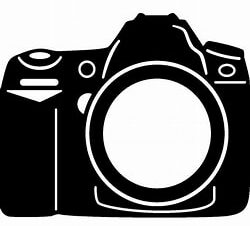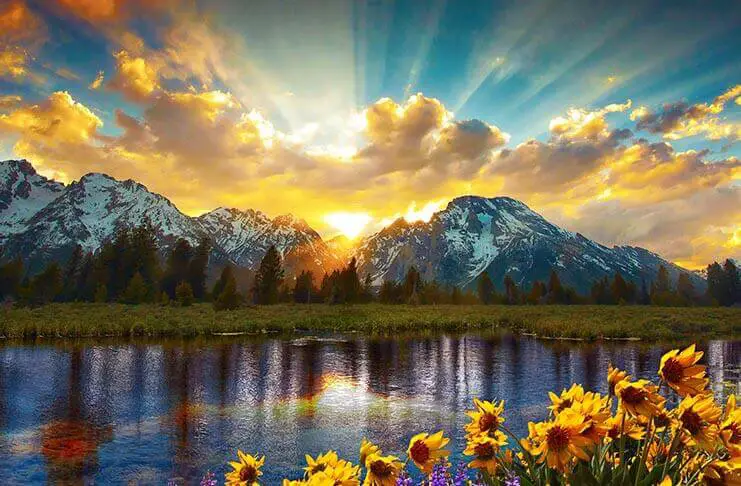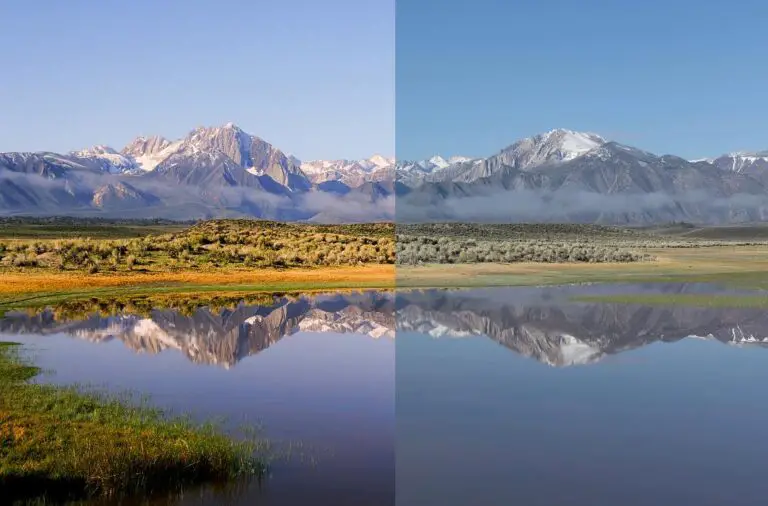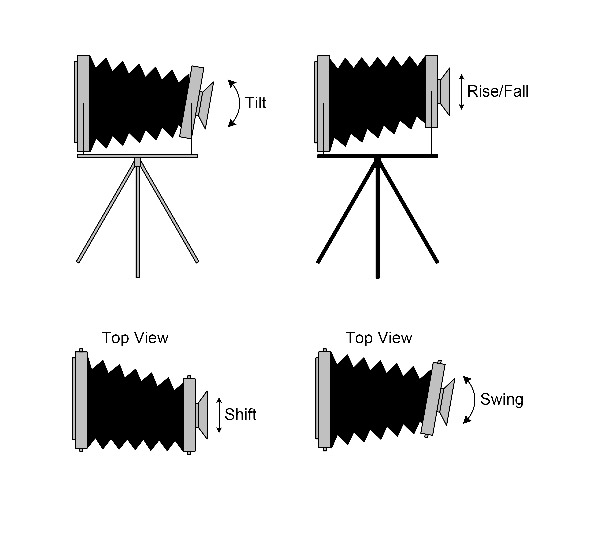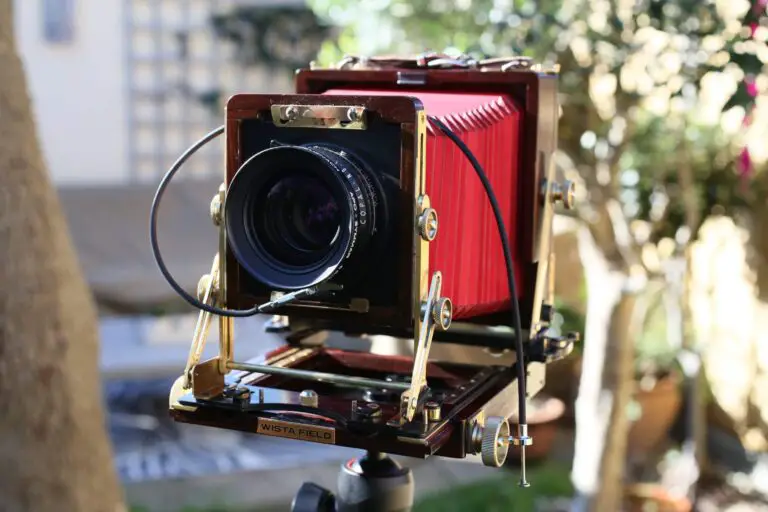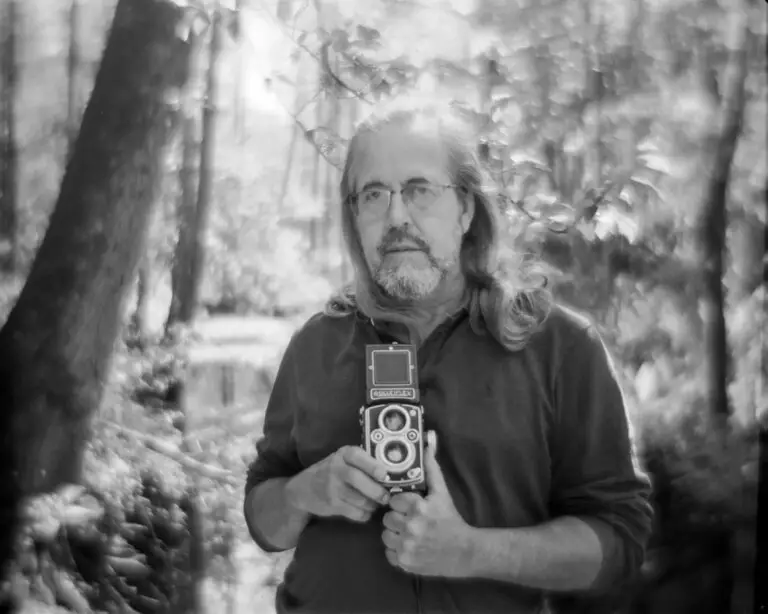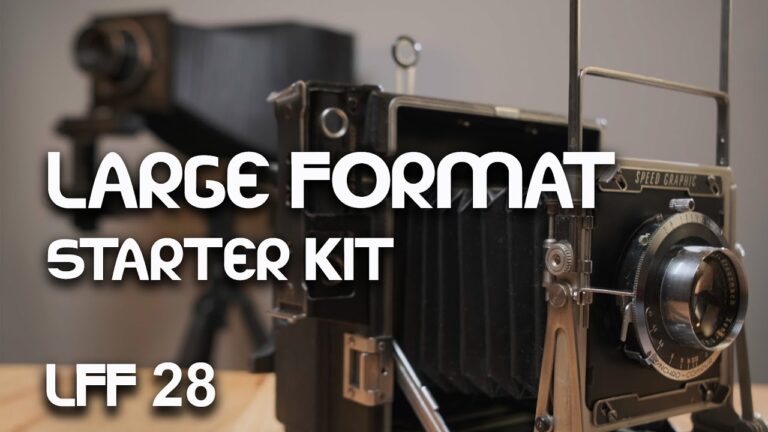Exploring Large Format Landscape Photography: Capturing Grand Scenery with LF Cameras
The world of photography is vast and varied, with its tools and techniques evolving constantly. Among the many styles and genres, large format (LF) landscape photography stands out as a captivating way to capture the grandeur and detail of the natural world. For those who seek to go beyond the confines of everyday digital cameras and enter the realm of truly breathtaking landscape photography, LF cameras offer an unparalleled creative gateway.
In this comprehensive guide, we will explore the magic of large format landscape photography, the nuances of working with LF cameras, and the essential post-processing techniques to bring your grand scenery shots to life.
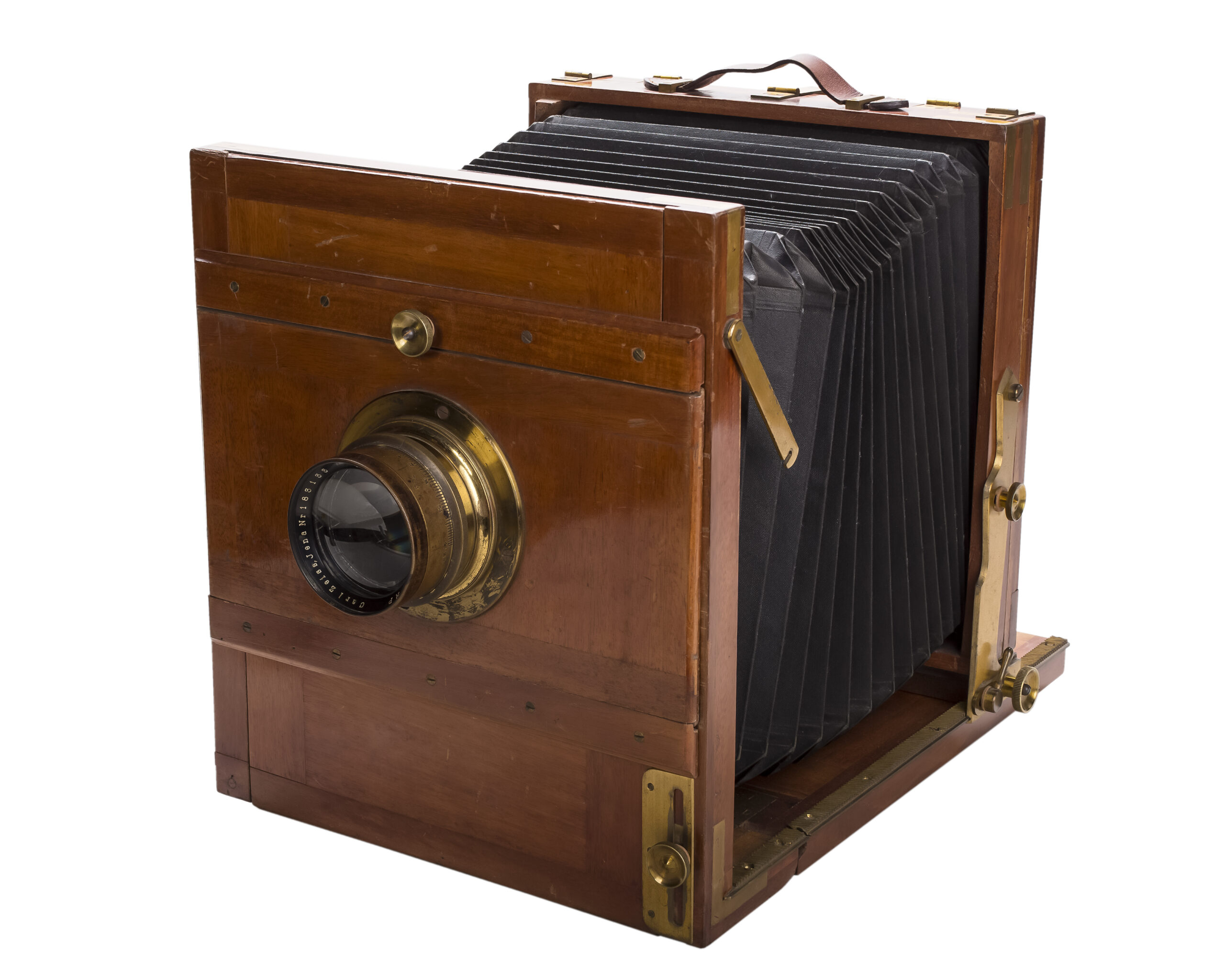
Understanding Large Format Photography
Large format photography is characterized by the use of film or digital sensors greater in size than the standard 35mm format (24x36mm). LF cameras are designed to expose 4×5 inch, 5×7 inch, or even 8×10 inch sheets of film, resulting in remarkably detailed images. The use of a sheet film not only provides a larger image circle and panoramic capabilities, but also instills a contemplative approach due to the requirement of composing an image on the ground glass before each exposure.
Features and Benefits of LF Cameras
LF cameras are distinguished by their ability to correct perspective and maintain focus across the image, thanks to movements of the lens and film plane. This key feature allows photographers to capture scenes without the distortion commonly associated with wide-angle lenses. The resulting images are not only expansive but also sharply detailed, even in the corners – an attribute landscape photographers find invaluable.
Advantages in Landscape Photography
The LF format is celebrated for its unmatched image sharpness, tonal range, and level of detail. In landscape photography, where the goal is often to convey the vastness and awe-inspiring qualities of the environment, LF cameras excel.
Techniques for Capturing Grand Scenery
Capturing the grandeur of nature with an LF camera requires a deep understanding of both the camera’s capabilities and the photographer’s creative vision.
Composition Tips for LF Photography
The rule of thirds and other compositional techniques remain valid, but the use of LF cameras requires a heightened awareness of how lines and forms interact within the image. Leading lines, layers, and the juxtaposition of elements are pivotal in creating a sense of depth and space.
Dealing with Lighting Challenges
Light is the heart of photography, and in landscape photography with LF, working with the available light becomes a dance. The slow process of setting up, metering, and composing each shot means the golden hours hold even more significance. Patience and timing are key.
Using LF Cameras for Panoramic Shots
The ability to create expansive, high-resolution panoramas with an LF camera is unrivaled. By shifting and tilting the lens and film plane, or by taking multiple exposures and stitching them together, you can create photographs that express the true scope of the landscape.
Gear and Equipment
The importance of gear in LF photography cannot be overstated, given the precision required for shooting and the artistic freedom offered by a range of tools.
Essential Gear for LF Photography
In addition to the camera and lenses, a high-quality tripod, light meter, loupe for critical focus assessment, and a cable release are indispensable. Filters, particularly neutral-density and graduated filters, are also commonly used to balance exposure in high-contrast scenes.
Choosing the Right LF Camera and Lenses
Deciding between a monorail, field, or view camera, as well as the range of bellows, standards, and lens configurations, is a critical decision that hinges on your photographic style and the environments you plan to shoot in.
Accessories for Enhancing LF Photography
A sturdy camera bag, lens hoods, and protective cases for your film holders are just a few of the accessories that can help protect your gear and ensure you are prepared for any shooting conditions.
Post-Processing and Editing
The beauty of LF photography often lies in the depth and detail captured, and post-processing is the stage to elevate these aspects even further.
The Importance of Post-Processing in LF Photography
Post-processing presents the opportunity to fine-tune the carefully composed shots. It’s where you can control contrast, balance out highlights and shadows, and ensure the colors are a true representation of the scene.
Editing Techniques for Enhancing Landscape Shots
Dodging and burning can be particularly effective in LF landscape photography, as can the application of graduated filters and sharpening tools to bring out the details without sacrificing the natural look.
Software Recommendations for LF Photography Editing
Photo editing software like Adobe Lightroom and Photoshop offer a wide array of tools tailored to the specific needs of photographers working with large format images. Additionally, specialized software such as Capture One or dedicated film processing programs can provide a unique advantage in editing LF photographs.
Showcasing Your Work
Once your images are ready to be shared with the world, the next step is to artfully present them and build your presence as an LF photographer.
Presenting LF Photography Online
Creating a website or an online gallery is an excellent way to display your work. Ensure that the platform you choose allows your images to be displayed at their full size and resolution, without compression that might detract from their impact.
Building a Portfolio to Showcase Grand Scenery Shots
A portfolio should be carefully curated, selecting only the best and most representative images that showcase your mastery of large format landscape photography.
Utilizing Social Media for a Wider Reach
Instagram, with its visual focus, is a natural fit for sharing LF photography. However, don’t underestimate the power of platforms like Flickr or 500px, which cater to the photography community at large.
Inspiration and Resources
To truly master large format landscape photography, study the work of the greats, become an active part of the LF community, and seek out educational opportunities.

Showcasing Renowned LF Landscape Photographers
Study the work of photographers such as Ansel Adams, Galen Rowell, and Clyde Butcher, who captured the essence of the American landscape with their LF cameras.
Online Communities and Resources for LF Photography Enthusiasts
From forums and social media groups to online courses and YouTube channels, the internet is teeming with opportunities to connect with other LF enthusiasts and learn from their experiences.
Workshops and Events for Improving LF Photography Skills
Participating in workshops and attending events like photography exhibitions and trade shows can provide hands-on experience and invaluable guidance from experts in large format photography.
Conclusion
The appeal of large format landscape photography lies not only in the images it produces, but the process and meticulous artistry it demands. By understanding the unique aspects of LF cameras, mastering the craft of shooting and post-processing, and actively engaging with the photography community, you can reveal nature’s most grand and intimate moments in a way that resonates deeply with viewers.
The world is waiting for your unique perspective through the lens of an LF camera – will you answer the call to capture its grandeur?
